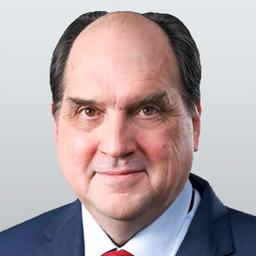President Donald Trump recently tweeted that evaluating a president after the first 100 days in office was a “ridiculous standard.” In fact, there is widespread agreement that looking back at the accomplishments of a president from the vantage point of the first 100 days is arbitrary.
But there are reasons for the nation to want to take stock of this new administration early and often.





